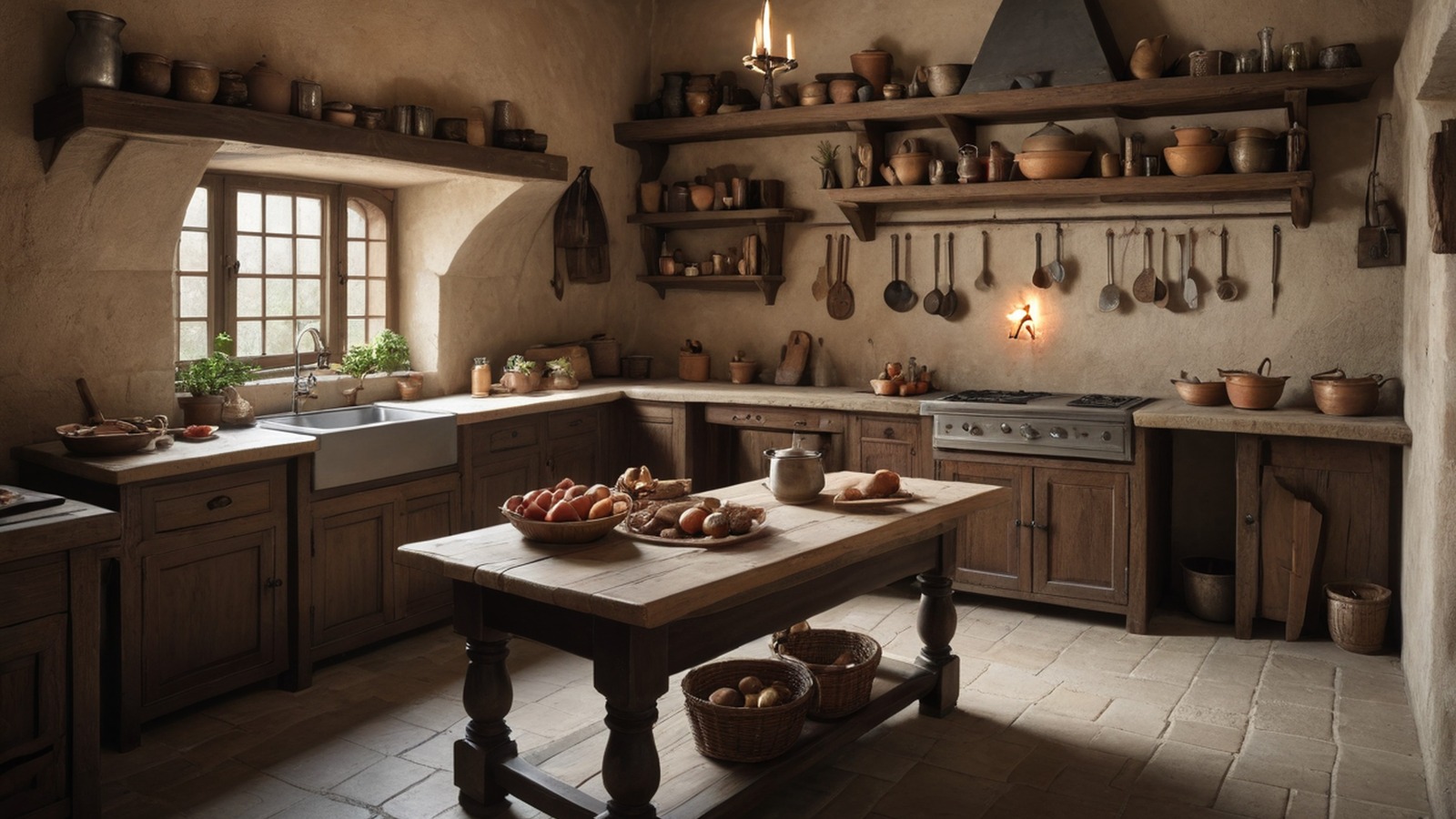
"When you think of medieval cuisine, you probably think of a "Game of Thrones"-style banquet, complete with elaborate dishes like roasted swan, boar's head, and huge golden brown pies, all washed down with goblets of wine. It's true that special occasions for society's elite did involve extravagant table displays of flamboyant dishes, but for everyday people, recipes were, well, a bit more normal."
"Cauldrons, now associated with witches and fairytales, used to be one of the only cooking devices available to poor medieval households. They could be compartmentalized to cook different dishes at once, and would also often serve as a source of light and heat, too. Like the peasants, richer households would use cauldrons to cook pottage, but theirs were usually made with much higher-quality materials. The pottage itself would also contain more expensive ingredients, like saffron and powder do"
Medieval cuisine varied strongly by social class and region. Rural peasants relied on affordable, nutrient-dense produce such as cabbage, onions, leeks, and celery, often prepared together as pottage. Cauldrons served as primary cooking vessels for poor households and could heat multiple dishes while providing light. Wealthier households used higher-quality cauldrons and added luxury ingredients like saffron to similar stews. Regional specialties existed, for example 10th-century Baghdad featured zalābiya, an ancestor of modern jalebi. Some medieval recipes remain adaptable to modern kitchens, though certain ingredients may seem unusual.
Read at Tasting Table
Unable to calculate read time
Collection
[
|
...
]